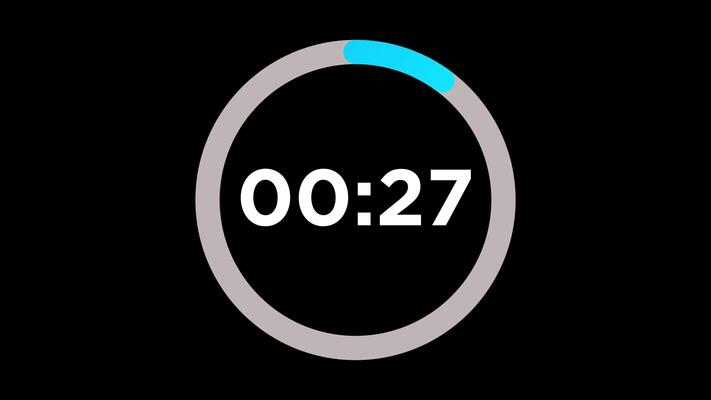In the fast-paced world of today there are distractions around every corner and staying focused is harder than ever. It’s more than just a skill to be able to manage your time, it’s a superpower. If you’re in a deep study mode, or working remotely, or tackling personal tasks, the perfect timer is your best weapon. The Pomodoro is a great choice. It’s more than just a timer. It can help you complete more work and less stressed.
Pomodoro Technique: Power of the Technique
The Pomodoro timer isn’t simply a clock that ticks; it’s a behavioural tool rooted in science. In the late 80s, it was invented by Francesco Cirillo, the technique breaks work into timed intervals, typically 25 minutes long, known as “Pomodoros,” followed by brief breaks. The technique mimics your brain’s rhythm, which helps you remain focused and avoid mental fatigue.

Each session is a sprint. Being aware that a break can be a matter of minutes away can help avoid distractions like Facebook and scrolling. When the timer goes off it’s a reminder to not only pause, but also to acknowledge your achievement.
Countdown Timers: Staying grounded in the Present
While a Pomodoro timer provides structure for deep work, a countdown timer adds urgency. A visual clock that counts down creates the psychological effect of “temporal scarcity” and makes time feel more valuable. While you’re making an upcoming presentation, studying for exams, or cleaning the house with a countdown on throughout the day makes you more aware of how much time you’re spending each minute.
Online timers are now often equipped with this feature and offer greater flexibility you can choose the precise time you need, no matter if you want to set it for five minutes or five hours. Contrary to traditional kitchen timers these digital tools store preferences such as cycles, time, and even break lengths, which makes them more personal and adaptive.
Stopwatch Timers: Measuring Effort Not just Time
Stopwatch timers are a form of time management. Instead of counting down, it is able to count up to track the time it takes to complete a task. This can be useful to those who want to improve their estimations of time, comprehend tasks’ patterns, or monitor billable hours.
If you are a creative professional or a developer or an entrepreneur Stopwatches can help you determine your routines. In time, it will become more simple to plan your schedule with a clear mind and precision.
Smart Online Timers The Rise of the Smart Online Timer
Online timers are more than just clocks. These timers that are smart and built for the web remember your settings even if you quit the browser. These systems offer seamless experiences thanks to features like automatic advancement between break and work sessions, customizable cycle counters and sound notifications, as well as auto-advance and visual progress rings.
You can also enable an “Keep screen on” option to ensure that your device doesn’t shut down mid-session. Incorporate keyboard shortcuts, such as Space to pause/play, R to reset, and S to skip a phase You’ll have an effortless workflow, without touching your mouse.
Touch. The Human Touch Plan, Reframing and adapting
Timers are only able to do what they can do. It’s when we plan our actions around them that a real change happens. Before each Pomodoro, it’s helpful to break down large goals into smaller, manageable tasks. After a couple of cycles, have a longer time to rest to allow your brain to recharge. It can be accomplished through a walk or contemplating a topic or perhaps enjoying an enjoyable snack.
Then, at the end of the day, thinking about your activities, the number of Pomodoros you have completed, the places when distractions slipped in and how it could be improved can transform a basic instrument into a growth plan.
Conclusion
The timer by Pomodoro is a lot more than a productivity hack. It’s about a different mindset. It helps you be mindful taking mindful breaks, and build a better relationship with time. It can help break down overwhelming lists of tasks into manageable chunks by dividing them into time intervals. This is not only about checking things off but also keeping your focus, finding a your rhythm and feeling like you’ve achieved your goals.